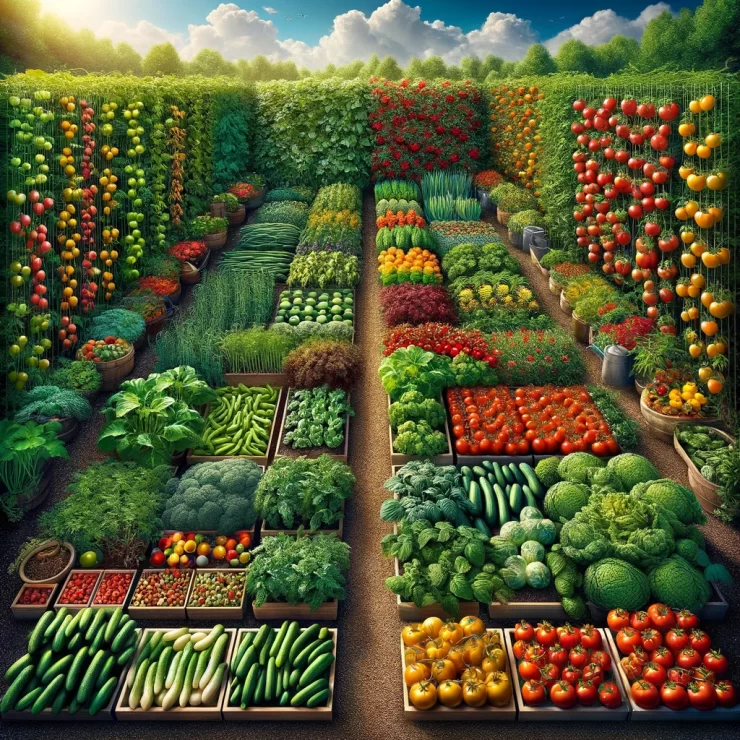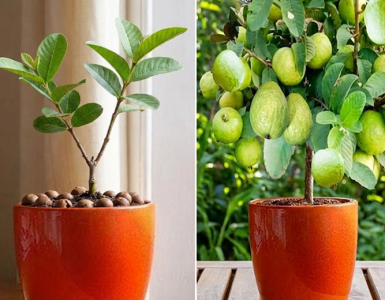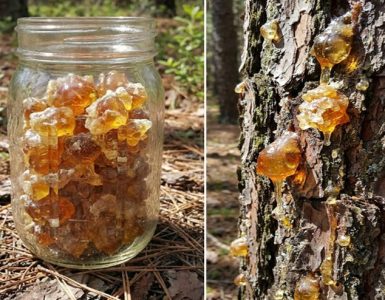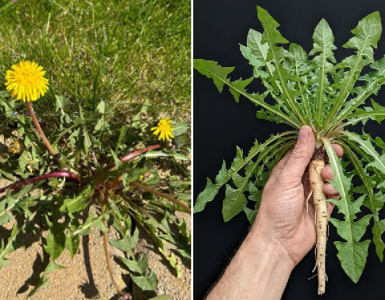Are you looking to enhance the yield of your vegetable garden without resorting to chemical fertilizers? Look no further than natural top dressings, a simple yet highly effective technique that can double your harvest of tomatoes, cucumbers, and various other vegetables. In this article, we delve into the benefits of natural top dressings and how you can implement them in your garden to achieve abundant yields.
The Power of Natural Top Dressings
Natural top dressings, also known as mulching, involve covering the soil around plants with organic materials such as compost, straw, grass clippings, or shredded leaves. This practice offers numerous benefits that contribute to healthier plants and increased yields:
Moisture Retention: Mulch acts as a protective barrier, reducing moisture evaporation from the soil. This helps maintain consistent soil moisture levels, preventing plants from experiencing stress due to drought conditions.
Weed Suppression: A layer of mulch inhibits weed growth by blocking sunlight and preventing weed seeds from germinating. This reduces the competition for nutrients and water, allowing your vegetables to thrive.
Soil Temperature Regulation: Mulch insulates the soil, keeping it cooler in hot weather and warmer during cooler periods. This stabilizes soil temperatures, creating optimal growing conditions for your plants.
Nutrient Enrichment: As organic mulch materials break down, they release essential nutrients into the soil, enriching it and providing a steady supply of food for your plants. This natural fertilization promotes vigorous growth and robust yields.
Implementing Natural Top Dressings
Now that you understand the benefits of natural top dressings, let’s explore how to incorporate this technique into your gardening routine:
Choose the Right Mulch: Select organic materials that are readily available in your area and appropriate for your plants. Compost, straw, and shredded leaves are excellent choices that enrich the soil as they decompose.
Prepare the Soil: Before applying mulch, ensure the soil is well-watered and free of weeds. This creates an ideal environment for your plants to thrive.
Apply Mulch Correctly: Spread a layer of mulch around your vegetable plants, ensuring it is at least 2-3 inches thick. Avoid placing mulch directly against plant stems to prevent moisture-related issues such as rot.
Monitor Moisture Levels: While mulch helps retain moisture, it’s essential to monitor soil moisture regularly, especially during hot, dry periods. Water your plants deeply when needed to maintain optimal growing conditions.
Replenish Mulch as Needed: Over time, organic mulch will decompose and settle. Periodically replenish the mulch layer to maintain its thickness and effectiveness.
Maximizing Your Harvest
By incorporating natural top dressings into your gardening practices, you can significantly increase the productivity of your vegetable garden. Not only do mulches promote healthy plant growth and abundant yields, but they also contribute to soil health and sustainability.
Whether you’re growing tomatoes, cucumbers, peppers, or any other vegetables, harness the power of natural top dressings to double your harvest and enjoy a bountiful supply of homegrown produce. With a little effort and the right techniques, you’ll reap the rewards of a thriving garden that nourishes both body and soul.






Add comment